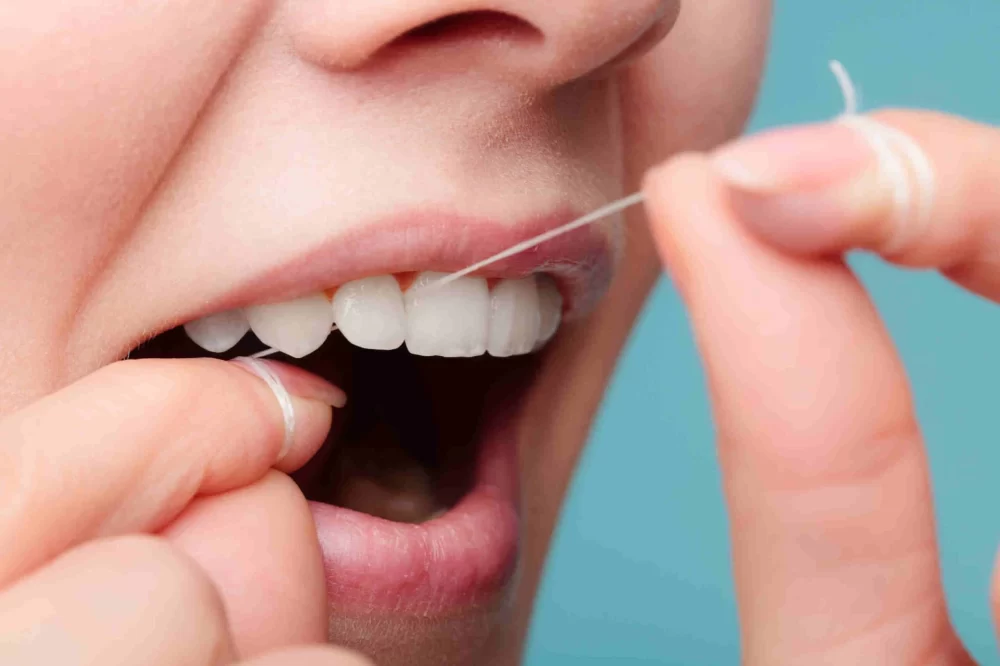
How to Brush and Floss Your Teeth Effectively for Better Health
- Why Oral Health Matters
- Proper Brushing Techniques for Healthy Teeth
- Flossing Tips: How to Clean Between Your Teeth
- Common Mistakes to Avoid in Oral Care
- Maintaining an Effective Oral Health Routine
Why Oral Health Matters
Taking care of your oral health is much more than just having fresh breath or a bright smile. Good oral hygiene is essential for overall health and wellness. Poor oral care can lead to cavities, gum disease, and even more serious health problems, such as heart disease and diabetes. That’s why brushing and flossing your teeth effectively are key to maintaining good oral health.
In this guide, we’ll walk you through the best brushing and flossing habits to follow for a healthier mouth and a better smile. Whether you’re just starting to form healthy habits or looking to improve your existing routine, these tips will help you achieve optimal oral health.
Proper Brushing Techniques for Healthy Teeth
Brushing your teeth properly is the first line of defense against cavities and gum disease. It’s not just about brushing more often, but about brushing effectively. Here's how you can do it:
1. Choose the Right Toothbrush
Start by selecting the right toothbrush. A soft-bristled brush is ideal for most people, as it gently removes plaque without damaging your gums or enamel. An electric toothbrush can also be a good option if you want to make brushing easier and more effective.
2. Use Fluoride Toothpaste
Fluoride toothpaste helps strengthen your enamel and prevents cavities. Make sure to choose a toothpaste that contains fluoride for optimal protection. There are also specialized toothpaste options for sensitive teeth, whitening, or gum care, depending on your specific needs.
3. Brush for Two Minutes
It’s essential to brush for at least two minutes to ensure that all surfaces of your teeth are properly cleaned. Use gentle, circular motions to brush the outer, inner, and chewing surfaces of each tooth. Don’t forget your gum line, as bacteria can build up there and lead to gum disease.
4. Brush Twice a Day
Brushing your teeth twice a day—once in the morning and once before bed—is essential to keep plaque buildup at bay. Brushing in the morning removes the bacteria that accumulate overnight, while brushing at night helps to remove food particles and plaque that build up throughout the day.
Flossing Tips: How to Clean Between Your Teeth
Flossing is often neglected, but it’s a critical part of maintaining good oral health. Regular flossing helps to remove plaque and food particles from between your teeth, areas where a toothbrush can’t reach. Here’s how to floss properly:
1. Use the Right Floss
Choose a floss that works best for your teeth. If you have tight spaces between your teeth, you may want to use waxed floss, which slides more easily. For wider gaps, an unwaxed floss may be more effective. There are also flossing tools like picks or holders that can make flossing easier if you have difficulty using traditional floss.
2. Floss Gently
Gently slide the floss between your teeth, avoiding snapping it or forcing it into your gums. Once the floss is between your teeth, curve it into a C-shape around the tooth and move it up and down to remove plaque. Be sure to floss both sides of each tooth for the best results.
3. Floss Once a Day
Flossing once a day is sufficient to maintain healthy teeth. The best time to floss is before you brush your teeth, as this allows you to remove food particles and plaque from between your teeth before you use toothpaste to clean your mouth.
Common Mistakes to Avoid in Oral Care
Even with the best intentions, it’s easy to make mistakes in your oral care routine. Here are some common errors to avoid to ensure you’re getting the most out of your brushing and flossing routine:
1. Brushing Too Hard
Brushing too hard can damage your gums and wear down your enamel. Instead of applying excessive pressure, focus on using a gentle, circular motion. Remember, a soft touch is just as effective as a heavy hand.
2. Skipping Flossing
Flossing is just as important as brushing, but many people skip it. Flossing removes food particles and plaque from between your teeth, which can prevent cavities and gum disease. Make sure to floss daily, and don’t neglect this important step!
3. Not Replacing Your Toothbrush
Toothbrushes wear out over time, and using a worn toothbrush is less effective at cleaning your teeth. Replace your toothbrush or toothbrush head every three to four months, or sooner if the bristles become frayed.
Maintaining an Effective Oral Health Routine
Brushing and flossing are key components of a great oral health routine, but consistency is key. Here’s how to maintain an effective oral care routine:
1. Stick to a Schedule
Make brushing and flossing a non-negotiable part of your daily routine. Set a reminder on your phone or place a note on your mirror to remind you to brush and floss at the same time every day.
2. Visit Your Dentist Regularly
Even with excellent home care, regular visits to your dentist are important for maintaining optimal oral health. Schedule a checkup and cleaning every six months to catch any potential issues early and ensure your teeth stay healthy.
3. Use Mouthwash for Extra Protection
Consider adding mouthwash to your routine for extra protection against bacteria and bad breath. Mouthwash can help rinse away food particles and reduce plaque buildup, providing a fresh feeling and boosting your oral hygiene efforts.

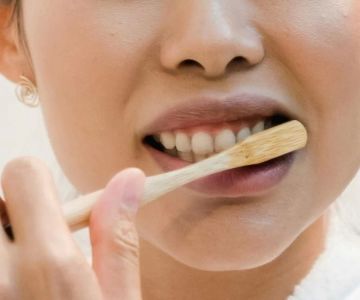
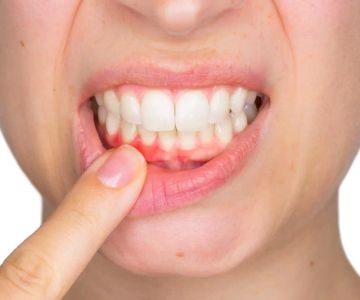




 Westgate Dental Arts
Westgate Dental Arts Coventry Family Dental
Coventry Family Dental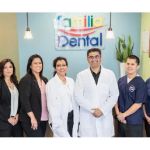 Familia Dental
Familia Dental Dr. Daniel S. Fife, DDS
Dr. Daniel S. Fife, DDS Dentistry At Suburban Square: Michael I. Wollock, DMD
Dentistry At Suburban Square: Michael I. Wollock, DMD Comfort Care Dental
Comfort Care Dental The Importance of Oral Health Education During Pregnancy for a Healthy Pregnancy
The Importance of Oral Health Education During Pregnancy for a Healthy Pregnancy Why Skipping Dental Checkups Can Lead to Bigger Oral Health Problems
Why Skipping Dental Checkups Can Lead to Bigger Oral Health Problems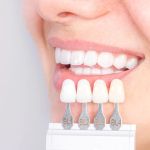 Advantages of Porcelain Dental Restorations
Advantages of Porcelain Dental Restorations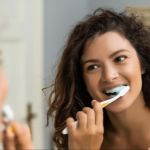 Best Tips for Brushing Your Teeth Properly for Healthy Gums: Essential Techniques for Oral Health
Best Tips for Brushing Your Teeth Properly for Healthy Gums: Essential Techniques for Oral Health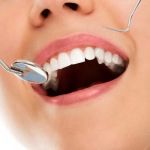 How Can Diabetes Cause Tooth and Gum Problems? Preventing and Managing Oral Health Issues
How Can Diabetes Cause Tooth and Gum Problems? Preventing and Managing Oral Health Issues Healthy Habits for Promoting Good Oral Health and Hygiene: Tips for a Healthy Smile
Healthy Habits for Promoting Good Oral Health and Hygiene: Tips for a Healthy Smile